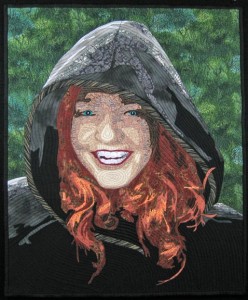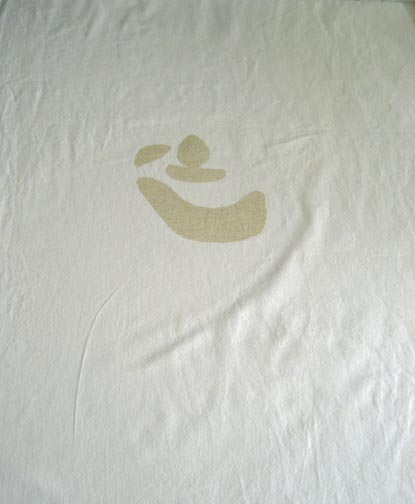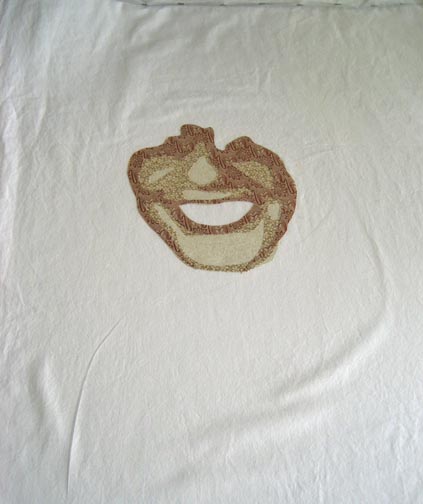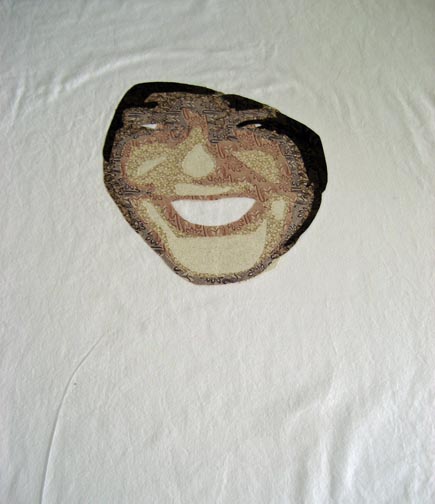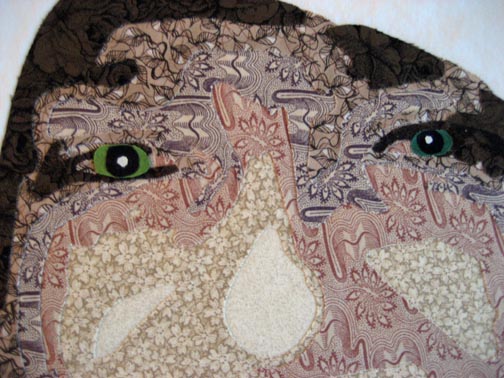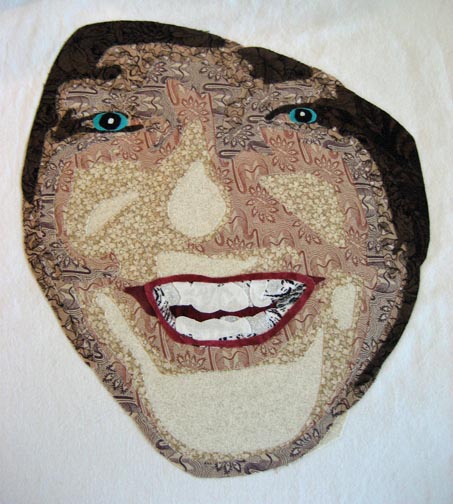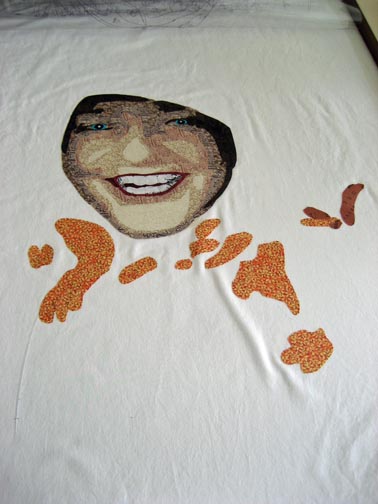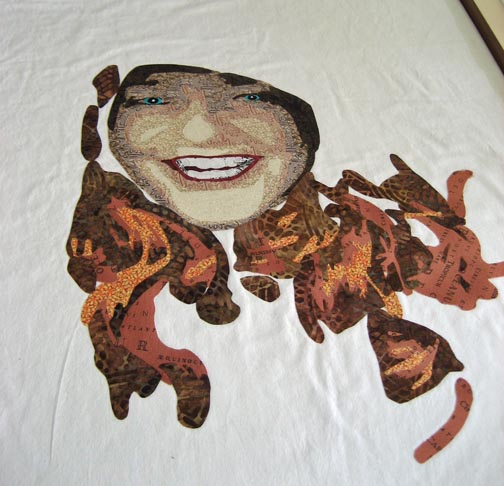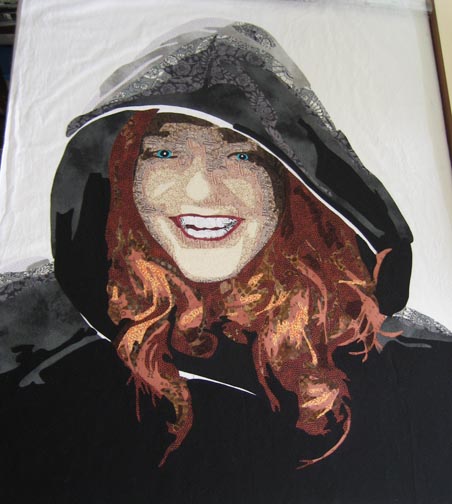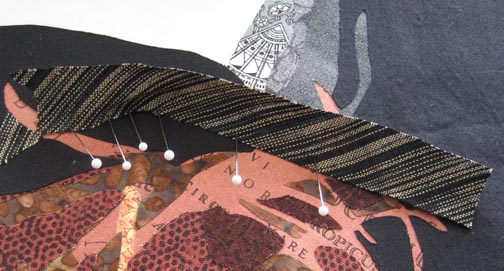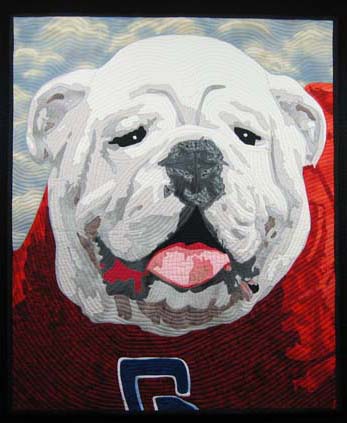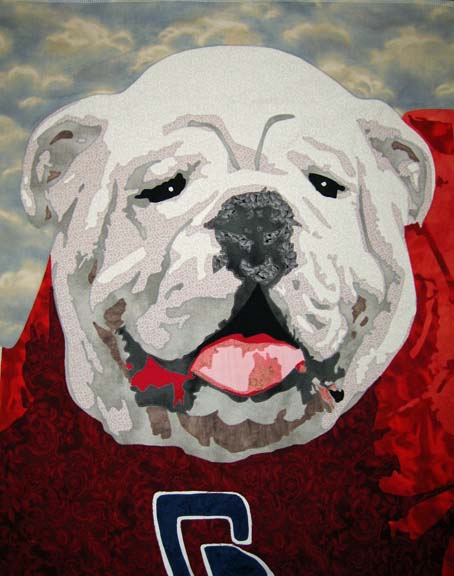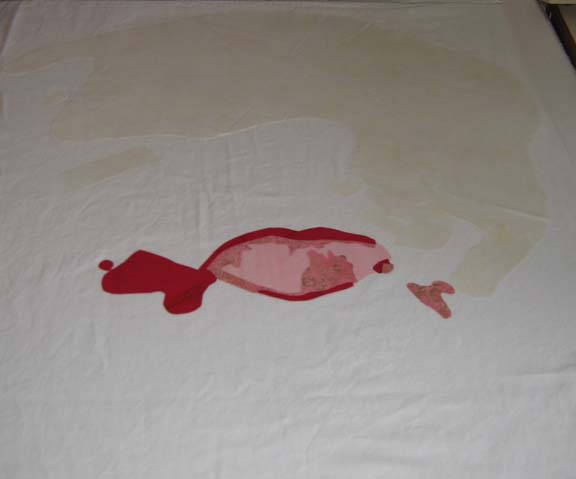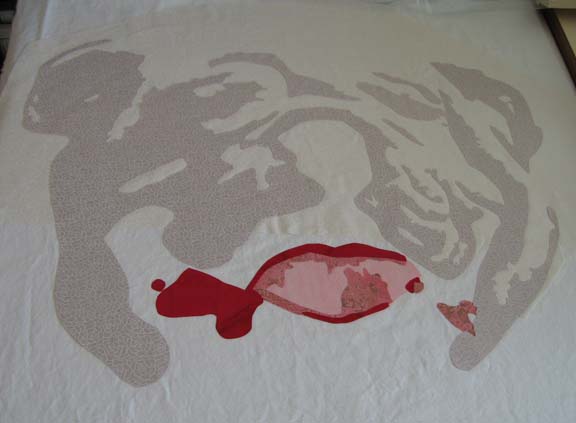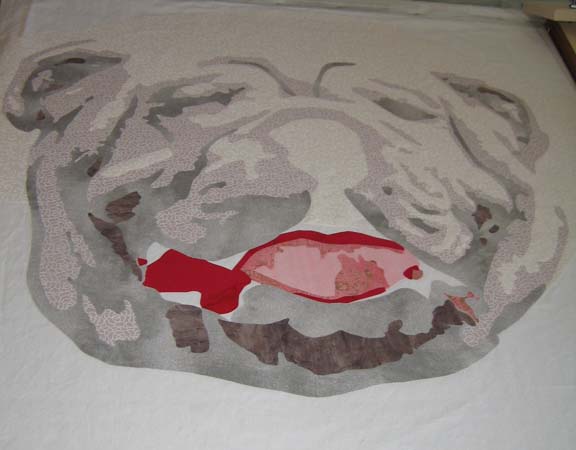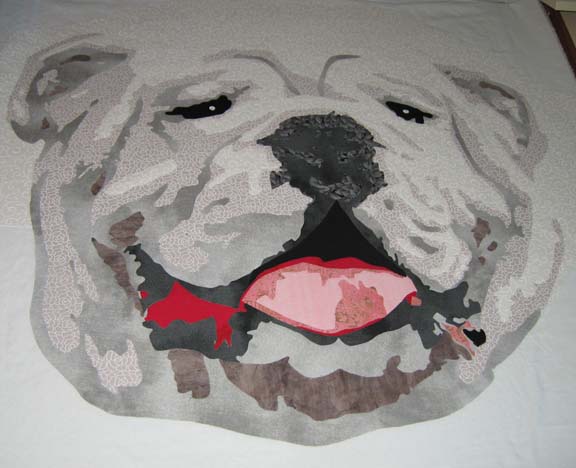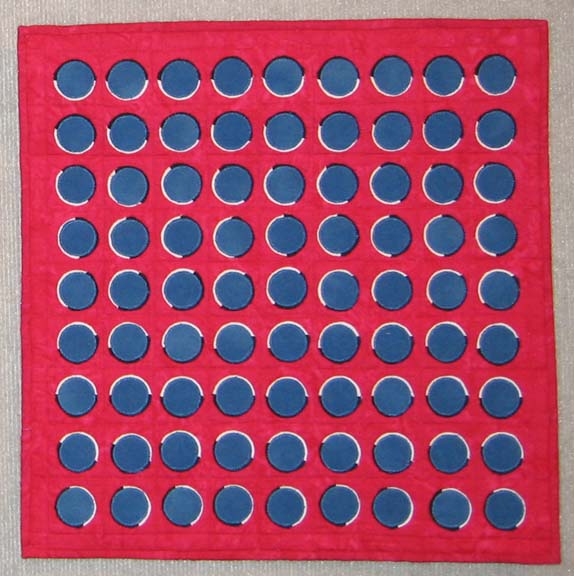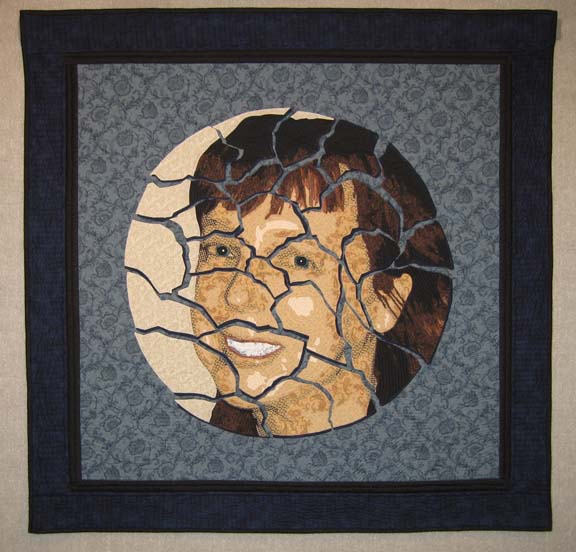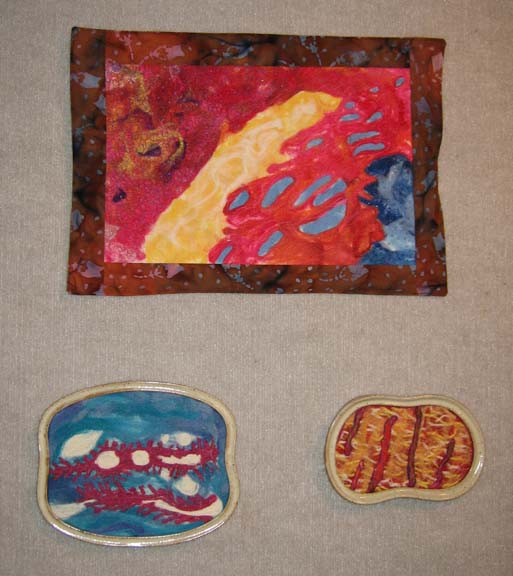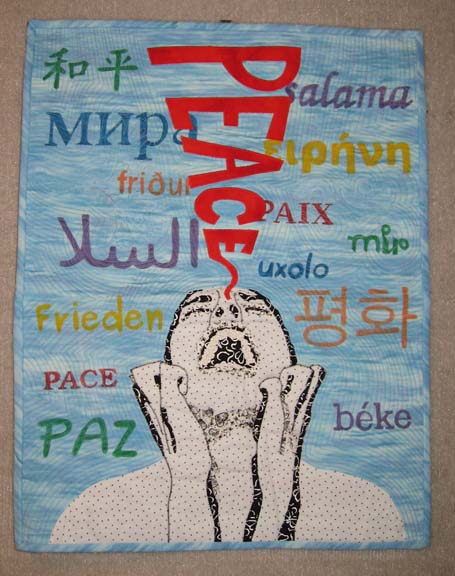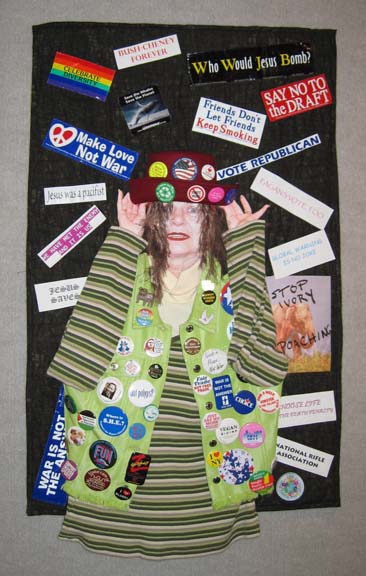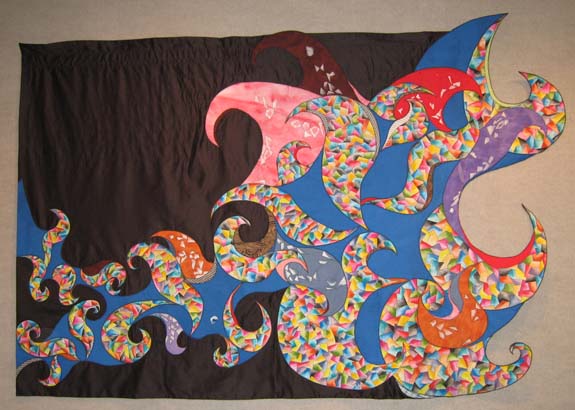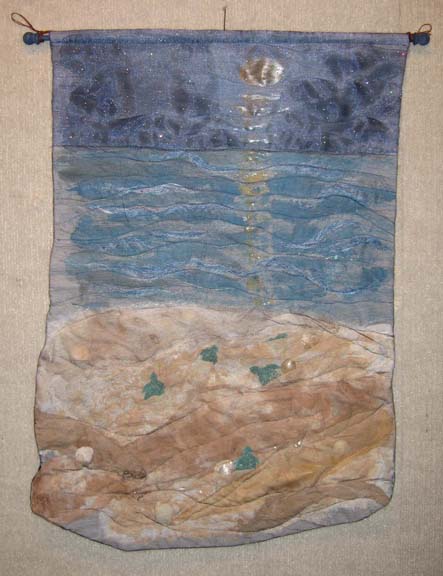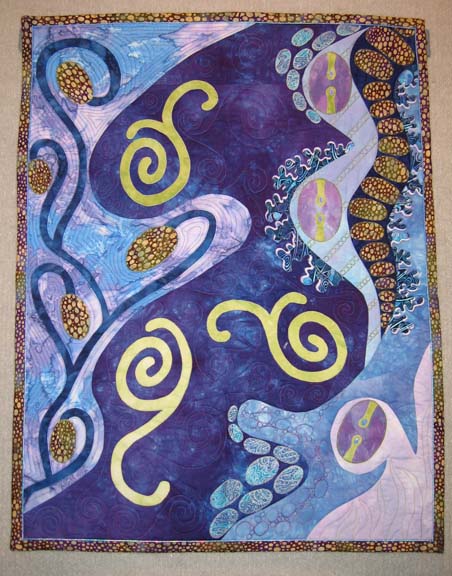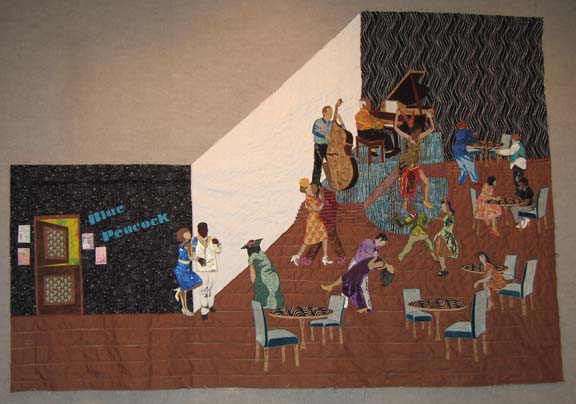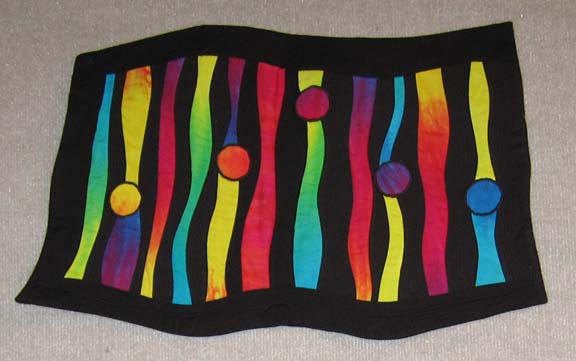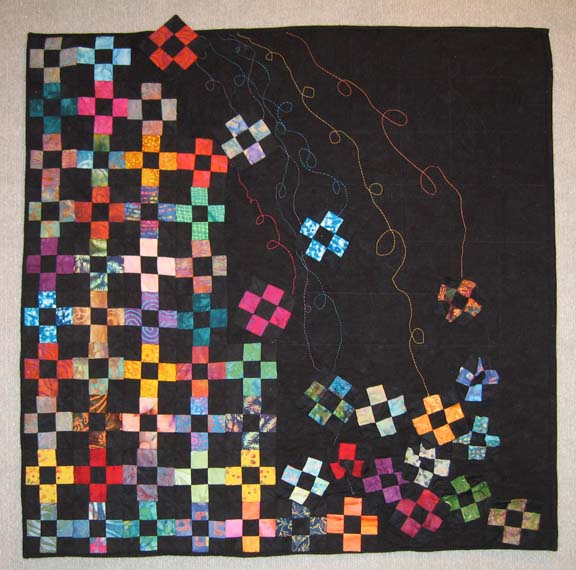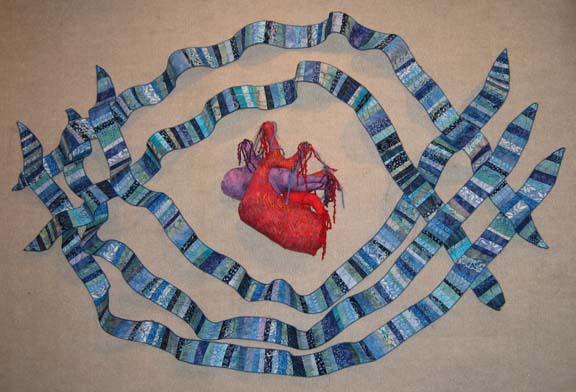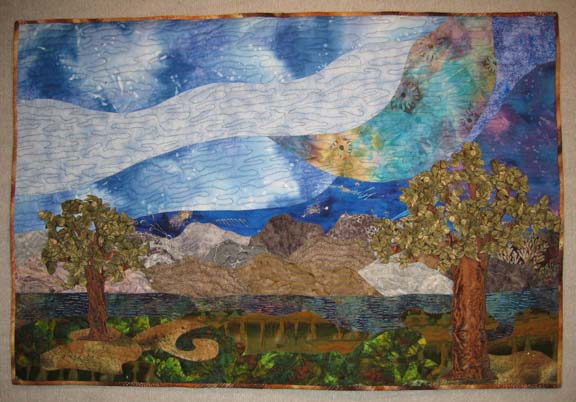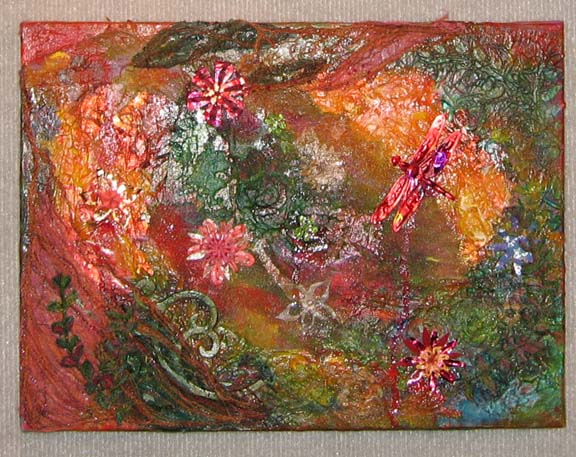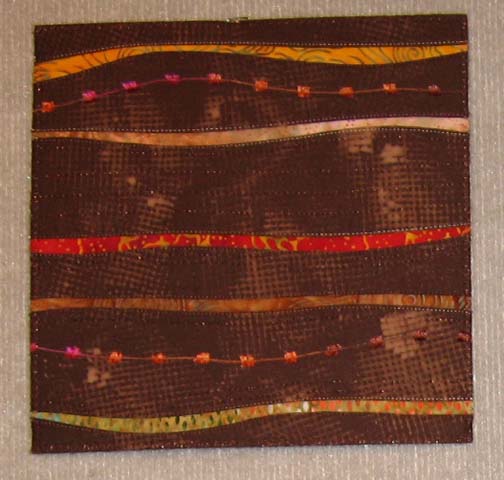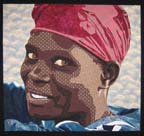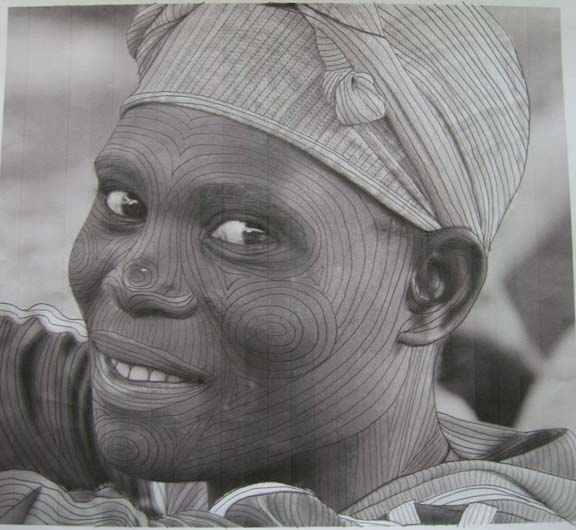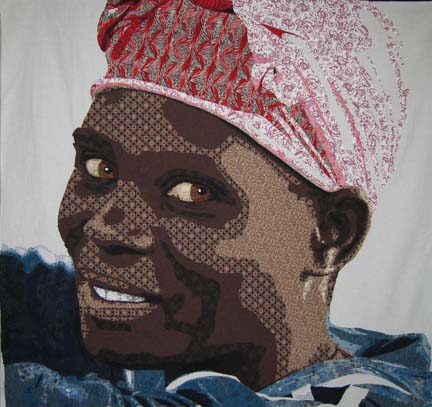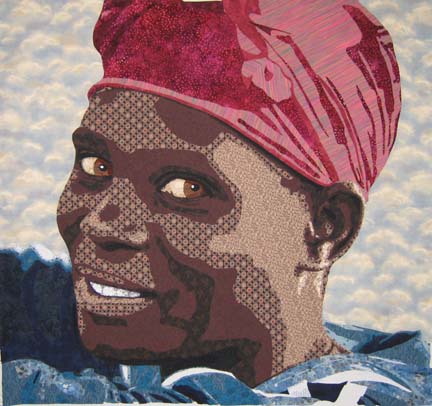In the past year, I’ve started to show my age. I’ve spent time looking through photo albums, archiving pictures in digital form, researching relatives (with the help of DAR, I’ve gone all the way back to the late 1700’s) — I’ve wanted to know where I came from. And part of that journey has been looking at how my lovely country developed — why our founding fathers here in America made the decisions that they did. Probably my best exposure to the Constitution, however, was provided by School House Rock.
So I’ve been considering this lovely document — hand written by our founding fathers — created at a time in which typewriters had not yet been invented. There is some beautiful calligraphy for the titles, and the majority of it was transcribed by James Madison’s cursive script. Cursive is a personal thing, unique to each individual. I’ve heard that there are some schools that have stopped teaching it — a shame. It is a beautiful and artistic expression.
All of this finally came out this past week — my kids went back to school and I had time on my hands. I also have the unique opportunity to include the piece in my local group’s art show — but I have to work fast. I only have a couple of weeks.
So this is where my muse led me — running at an insane pace.
I took white muslin & dyed it overnight in coffee. Coffee gives such a wonderfully rich color — very antique. I did not completely wash it out — I wanted to be able to add water stains to the piece to add to its age & make it look like old parchment.
Did I mention it was a lot of muslin? One & 2/3 yards. I thought that that would do it. Oh naive. For some reason, I thought that I could fit the Constitution on this. Well I was wrong. But I did fill it up with as much as I could. I tried to follow the calligraphy, but the rest is my own dear cursive hand writing. Did I mention that my hand cramped a lot? I forgot about that part of hand writing. But I kept going. I got through Article II Section 1 (although the final piece won’t show all of Section 1 because of how it’s cut out).
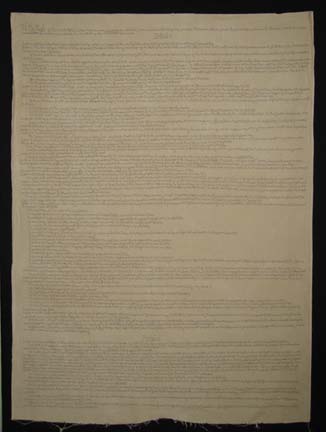
In copying it, I was struck by the number of capitals, the most wonderful of which is People. We the People — we are capitalized, just like President. We are important and have a soul in this document. It felt so beautiful and empowering. It is a document for us — We the People.
I decided to use Peltex for the inside — which was challenging. This is a large piece and required a lot of Peltex. It was my intention to quilt it after I sandwiched it with Peltex — what was I thinking? My domestic machine was no match for this. No — I would have to cut it up before I could begin to quilt it.
And did I say something about cutting this up? I’ve developed an interest in deconstruction — a fact that disturbs my DH — but I find fascinating. The Constitution is a living document that we have been amending — or deconstructing & rebuilding — practically since it was written. I wanted to make this hard edged piece fluid.
I started by marking my pieces on the top — I was lucky & found the perfect circle to use that would cover the entire width in exact repeats — and then I added tape numbers — because once this is cut up, putting it back together could be tricky. The circle seemed the perfect shape to me.

It was so large, I had to cut half of it on the floor — and I’m very sore today. You wouldn’t think that crouching on the floor would use muscles that you don’t usually use — but it does. After I was half done — it was small enough, thankfully, that I could finish at a table.
My first thought was to only use the circles, but now, looking at it on the design wall, I think I’m going to keep the diamond intersections.
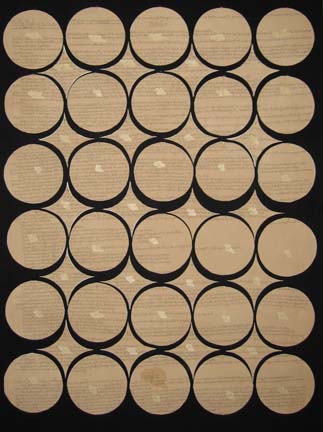
After I took this picture, I sprayed it carefully to create more water marks.
My next move will be quilting each piece — and then the difficult task of edging each piece with thread — and when that is done, I have to think about hanging it. I’m still mulling it over in my mind — but the circles will hang horizontally, each from the piece above it — and the diamonds in a similar way but at an offset to the circles. I may use thread, I may use chain — I may add tea bags since they symbolize the freedom that we grasped by turning away from British imperialism.
It’s a work in progress — not like my illustrative work — but something the Muse commanded me to make.
